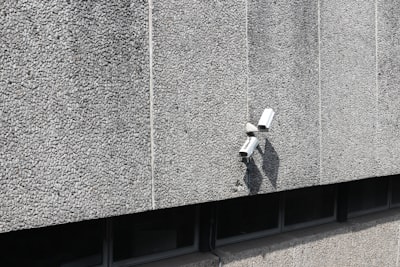Some of the most consequential battles in history have been fought not on conventional fields, but in the silent, secretive corridors of sabotage. Every time we hear that a site of global import—like a nuclear facility—has been ‘severely damaged’, we are reminded that the world’s power balance is often swayed by unseen hands and clever minds, rather than by armies or declarations.
Consider the 1942 British raid on the Norsk Hydro heavy water plant in Norway, a little-known mission that is credited with derailing Nazi Germany’s atomic ambitions. Or Stuxnet, the infamous computer worm that silently burrowed into digital backdoors and crippled Iran’s centrifuges—unleashing a new era of cyber warfare where battles take place in code, not concrete.
These ‘invisible architects’—the scientists, spies, engineers, and agents—redraw the map with a screwdriver, a line of code, or a briefcase of explosives. Their work remains shrouded in official silence or deliberate ambiguity, and yet they leave seismic tremors on the world stage.
What does it mean that the most valuable targets are no longer just made of steel and concrete, but also of bytes and information? And how will history remember these ghostly architects, whose victories are measured in what doesn’t happen—a war averted, a bomb delayed, a catastrophe quietly sidestepped?
This article was inspired by the headline: 'CIA director says Iran's nuclear sites 'severely damaged''.

Comments
No comments yet. Be the first to comment!